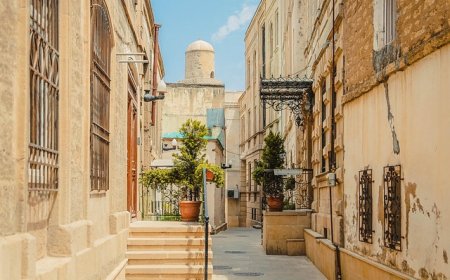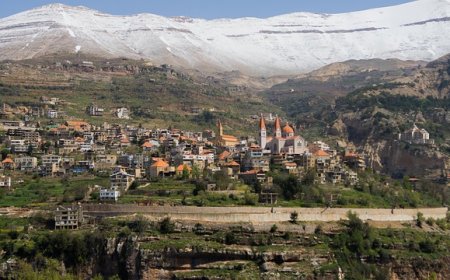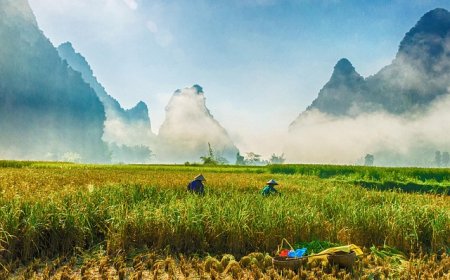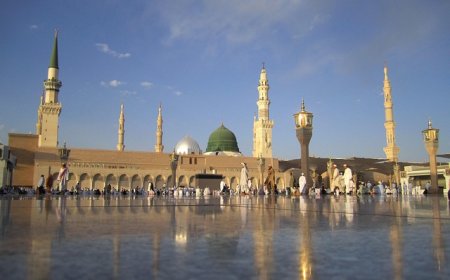Laos for Students: Geography, Culture, and History of a Landlocked Southeast Asian Nation
Discover Laos for kids. Learn about rivers, jungles, and Lao culture. Includes fun facts, vocabulary words, and a quiz.
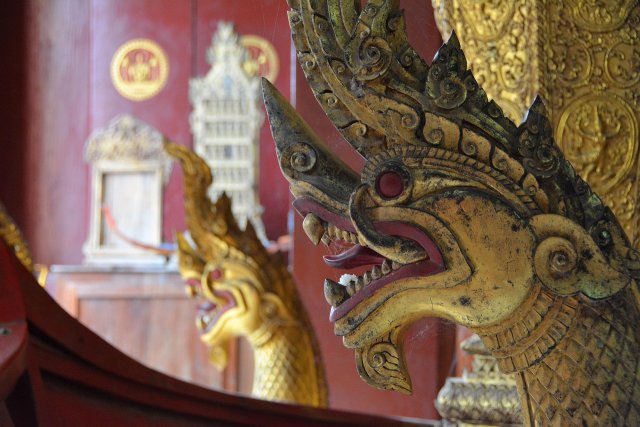
🇱🇦 Laos: The Land of Mountains, Rivers, and Ancient Temples
Introduction
Laos is a peaceful and beautiful country in Southeast Asia known for its mountains, rivers, Buddhist temples, and kind-hearted people. Unlike many of its neighbors, Laos has no coastline—it is a landlocked country, meaning it is surrounded by land. But what Laos lacks in beaches, it makes up for with lush forests, winding rivers, and a deep cultural history.
With about 7.5 million people, Laos is one of the least populated and most rural countries in the region. Many people still live in small villages and follow traditional ways of life, making it a country where the past and present often live side by side.
Geography and Landscape
Laos is bordered by China, Vietnam, Cambodia, Thailand, and Myanmar. It is crossed by the Mekong River, one of Asia’s most important rivers, which supports fishing, farming, and transportation.
The land is mostly mountainous, with dense rainforests, rolling plateaus, and rice paddies in the valleys. These highlands make travel slower but also create some of the most stunning views in Southeast Asia. There are caves, waterfalls, and quiet villages tucked into the hills.
Laos has a tropical climate with two main seasons: the wet season from May to October and the dry season from November to April. Because of its highlands, temperatures can be cooler in the mountains than in the lowlands.
Cities and Regions
The capital city of Laos is Vientiane, located along the Mekong River. It is the largest city in the country but still much quieter than other capitals in Southeast Asia. Vientiane is known for its Buddhist temples, colonial-style buildings, and relaxed lifestyle.
Another important city is Luang Prabang, a UNESCO World Heritage Site famous for its temples, French-influenced architecture, and the daily alms-giving ceremony, where monks collect food in silence at sunrise.
Pakse in the south is a gateway to waterfalls and the Bolaven Plateau, where coffee is grown. The southern region is also known for Si Phan Don or “Four Thousand Islands,” a peaceful area with small villages on islands in the Mekong.
People, Language, and Culture
Most people in Laos belong to the Lao ethnic group, but there are also many smaller ethnic groups who live in the mountains, each with their own languages, clothing, and customs. The official language is Lao, which is written in its own script. In cities and tourist areas, some people also speak English, French, or Thai.
The main religion in Laos is Theravāda Buddhism. You’ll see temples (called "wats") and orange-robed monks in nearly every town and village. Religion shapes daily life, and many young boys spend time living in temples as novice monks.
Family is central in Lao culture. People show great respect to elders and take part in festivals, such as Pi Mai, the Lao New Year celebration that includes water splashing, dancing, and visits to temples.
Food and Daily Life
Laotian food is fresh, flavorful, and often spicy. Most meals include sticky rice, which is eaten with the fingers. Herbs, lime juice, fish sauce, and chili give dishes a unique taste. Meals are often shared and eaten sitting on mats.
Popular Lao foods include:
- Laap (or Larb) – a salad made from minced meat, herbs, lime, and chili
- Tam mak hoong – a spicy green papaya salad
- Khao jee – Lao-style French bread often filled with meat and vegetables
- Or lam – a spicy stew with meat and vegetables
Many people in Laos live in villages and work as farmers, growing rice, vegetables, and herbs. Others work in markets, small shops, or the tourism industry. Children go to school in their local villages, and while the government is improving schools, some rural areas still have limited access.
History of Laos
Laos has a long and fascinating history. It was once the center of the Lan Xang kingdom, which means “Land of a Million Elephants.” From the 1300s to the 1700s, this kingdom spread Buddhism, built temples, and created art.
Later, Laos became part of French Indochina, and the French ruled for many years. During the 20th century, Laos was affected by war in nearby Vietnam, and millions of bombs were dropped on the country, many of which still remain.
Laos became fully independent in 1953, and since 1975 it has been a communist country. Today, it is stable and peaceful, and it continues to grow while keeping its traditional way of life.
Nature and Wildlife
Laos is one of the most forested countries in Southeast Asia, and its wildlife includes elephants, gibbons, clouded leopards, civets, and many rare birds. The forests are also home to thousands of plant species, some of which are used for medicine or cooking.
Protected areas like the Nam Et-Phou Louey National Park help preserve endangered animals and offer eco-tourism adventures like wildlife tracking and night safaris.
The Mekong River is a vital lifeline for both people and animals. It provides fish, water for crops, and transportation between villages and cities. River dolphins once lived in parts of the Mekong, and efforts are being made to protect their habitat.
Vocabulary List
| Word | Definition |
|---|---|
| Landlocked | A country surrounded by land, with no ocean borders |
| Mekong River | A major river in Southeast Asia that flows through Laos |
| Wat | A Buddhist temple |
| Laap (or Larb) | A traditional Lao meat and herb salad |
| Alms | Food offerings given to monks by laypeople |
| Plateau | A flat area of land that is higher than the land around it |
| Indochina | A region in Southeast Asia that includes Laos, Vietnam, and Cambodia |
| Eco-tourism | Responsible travel that protects nature and supports local people |
👧🧒 Kid-Friendly Summary
Laos is a quiet, beautiful country in Asia with rivers, jungles, and kind people. Most people live in small villages, grow rice, and follow Buddhist traditions. They speak Lao and celebrate fun festivals like Lao New Year, where water is splashed everywhere!
The land is full of temples, mountains, and even a place called the “Four Thousand Islands.” If you visit, you can eat sticky rice with your fingers and see monks in orange robes. Laos is peaceful and full of natural wonders.
🧠 Interactive Quiz: What Do You Know About Laos?
1. What kind of country is Laos in terms of geography?
A) Coastal
B) Mountainous
C) Island
D) Desert
2. What is the capital city of Laos?
A) Phnom Penh
B) Bangkok
C) Hanoi
D) Vientiane
3. What religion do most people in Laos follow?
A) Christianity
B) Islam
C) Buddhism
D) Hinduism
4. What is sticky rice?
A) Rice that is spicy
B) Rice cooked in oil
C) Rice that clumps together and is eaten with fingers
D) Rice with fruit
5. What river is important to life in Laos?
A) Amazon
B) Mekong
C) Nile
D) Yangtze
6. What is a wat?
A) A riverboat
B) A city
C) A temple
D) A market
7. What is laap?
A) A kind of dessert
B) A spicy meat salad
C) A dance
D) A type of bread
8. What was the ancient Lao kingdom called?
A) Siam
B) Angkor
C) Lan Xang
D) Viet Lao


















































